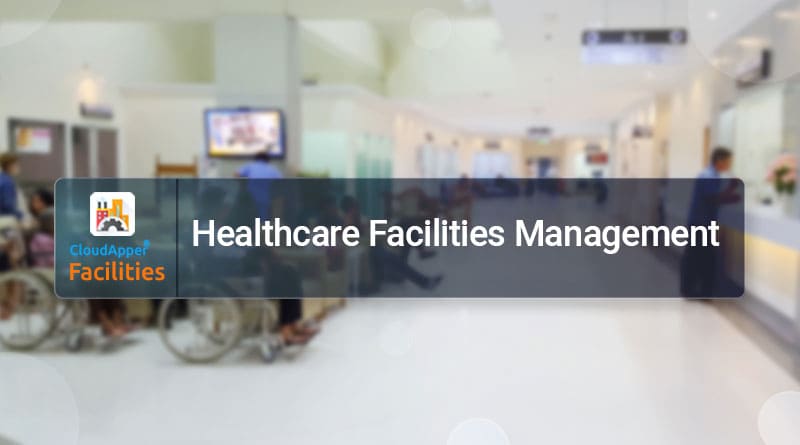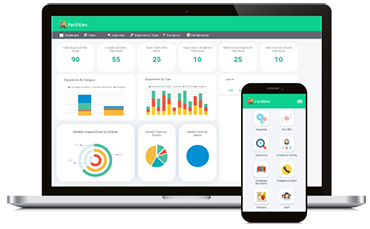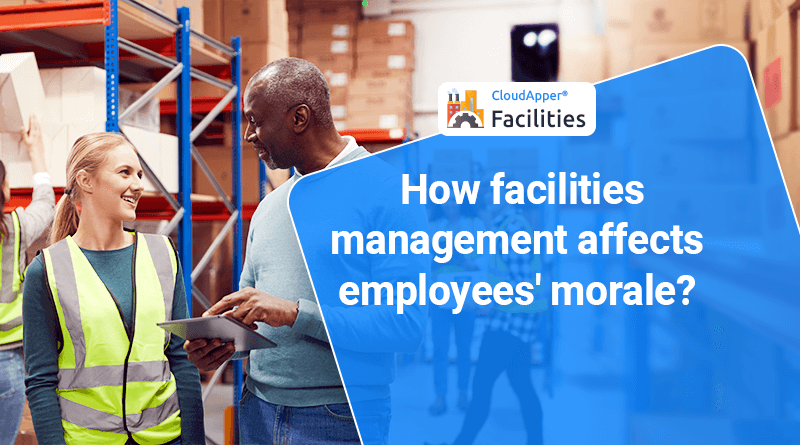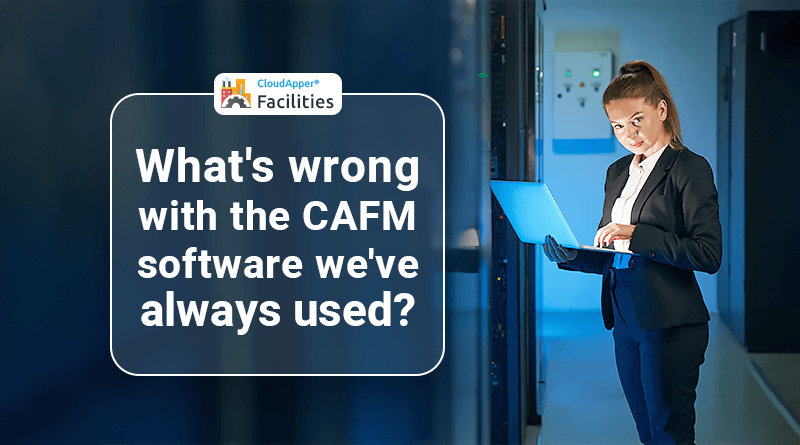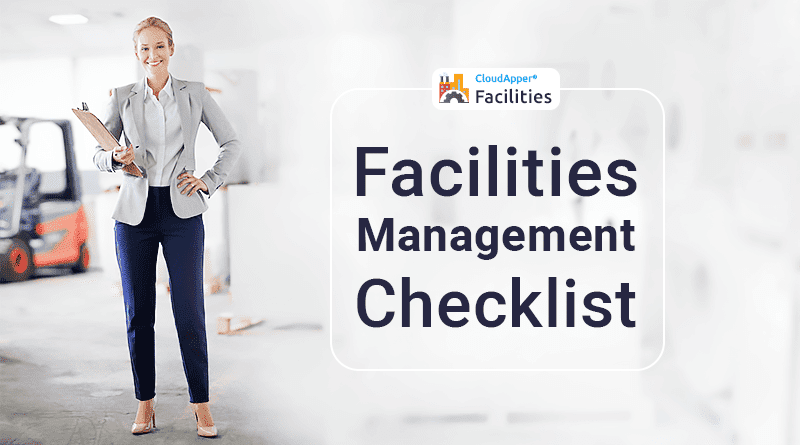Table of Contents
The major goal of any healthcare facilities management (HFM) department is to guarantee an extraordinary environment of care combined with the safety and security of both patients and workers.
As the COVID-19 pandemic nears its end, and as technology continues to improve, controlling healthcare facilities is becoming increasingly crucial — and increasingly complex to manage. Whether maintaining certification compliance or assuring cybersecurity, a facilities manager’s work is only growing more complicated.
What Is Healthcare Facilities Management?
Healthcare facilities management is the maintenance and administration of a healthcare facility’s development, maintenance, security, and operations. It comprises any structure that delivers healthcare services, such as clinics, long-term institutions, surgical centers, and hospitals, and covers every element of facility upkeep.
What Are the Functions Of A Healthcare Facilities Management Department?
The facilities management department – frequently abbreviated as HFM – is responsible for monitoring the upkeep, operations, and general security of healthcare facilities. This extends from directing huge construction projects and preserving government compliance to regular cleaning, maintenance, and care.
The following are six fundamental duties and responsibilities of healthcare facilities management:
1. Managing Day-To-Day Operations
Day-to-day operations for facilities managers include:
- Establishing safety policies and maintenance programs
- Identifying requirements for repairs or improvements
- Being in charge of new construction design
- Coordinating building repair and construction contractors to verify that they adhere to building codes
- Keeping an eye on the health care supply chain
- Maintaining legal and operational compliance
- Carrying out frequent life and fire safety inspections
- Ensuring that medical gas technicians inspect medical gas, refrigeration, and HVAC systems
- Verifying the safety and security of all construction sites
- Assisting in the administration of utilities and electrical systems
- Checking the cleanliness and orderliness of patient rooms, waiting rooms, operating rooms, and other areas
- Buying furnishings and appliances and putting them in place
- Inspecting buildings to find out whether any structural flaws need to be addressed
- Developing and maintaining budgets for facility management
- Make sure that all parties involved in a contract are satisfied
- Managing safety and cleanliness awareness programs in the workplace
The ultimate word on broad decisions is often handled by managers, supervisors, and HFM specialists, even though they may not directly undertake all of these roles.
2. Ensuring Certification and Compliance
For any healthcare business, maintaining certification and building compliance is a primary responsibility of the facilities manager. Compliance with federal and state laws, such as OSHA’s safety regulations for the workplace or HIPAA’s protection of patient privacy, is a top priority for facility managers, who must also oversee the facilities’ ongoing certification and accreditation requirements.
3. Maintaining a High-Quality Care Environment
Providing a safe and dependable Environment of Care (EOC) for patients is an essential part of every healthcare facility’s purpose. It encompasses both inpatient and outpatient facilities that provide medical care to their patients. Providing a secure and efficient environment for patients and employees is the primary purpose of the EOC.
There are several conditions that health care institutions’ HFM staff are responsible for regularly inspecting, including:
- Fire safety
- Electricity
- Water Systems Management
- Air Quality
HFM teams typically collaborate with hospital administration to develop comprehensive EOC strategies and policies that protect patients, visitors, and employees.
4. Construction Project Management
A facilities management team may not be responsible for overseeing a project’s day-to-day operations. Yet, they play an important role in ensuring that projects are completed on schedule and within budget.
In addition, healthcare facility managers are responsible for ensuring that facilities and assets are properly maintained and that capital expenditures are planned for the future.
5. Ensuring Security
Security is a major concern in the healthcare business as a whole. Facilities managers may be responsible for a variety of tasks, such as:
- Accessibility — Who can and cannot enter and exit a healthcare facility
- Monitoring — Real-time, visual recordings, and maps of heat and foot traffic
- Data Protection — Patient data and electronic medical records are among the many types of information that must be protected in terms of both their privacy and equipment integrity
Increasing dependence on technology and the cloud means enhanced cybersecurity is needed in the healthcare business. Due to IoT becoming more common in hospitals, facilities management teams work with IT to develop cybersecurity plans that protect patient care data from hackers who may exploit equipment with older operating software. This exploitation can act as a pathway into the organization’s networks to steal sensitive patient information and research data or to disable systems, compromising the safety of facilities and apparatuses.
There has been an increase in the number and severity of cyberattacks against hospitals and health systems, and experts believe there will be more in the future, according to Becker’s Hospital Review.
Healthcare providers were warned by the federal government on November 16, 2020, about “credible and persistent” cyberattacks.
Healthcare facility managers must be aware of these assaults and work closely with their IT teams to ensure that the equipment they control is protected from any possible vulnerabilities.
6. In-House Maintenance
Reactive maintenance procedures used in the existing system make hospital upkeep difficult for any team.
Preventive maintenance plans allow HFM teams to address regular maintenance before problems arise, lowering the number of requests they get and extending the life of their assets, ensuring that equipment is operating at its peak efficiency. Other possible outcomes include:
- Decreased downtime of equipment
- Increased patient and employee safety
- Improved productivity in maintenance employees’ labor
- Increased lifespan of equipment
- Reduced cost for maintaining and acquiring equipment
Defensible alternative equipment (AEM) programs have been authorized by the Centers for Medicare & Medicaid Services (CMS) to allow a healthcare facility to adjust its maintenance, inspection, and testing frequency for facility and medical equipment based on a risk-based assessment by qualified personnel. Providers may save a lot of money while still providing the best possible care for their patients by using AEM programs.
Facility Management in Hospitals Is Now the “New Normal.”
Regarding patient and provider safety, proper facility and plant operations are critical. When a hospital’s facilities maintenance team combines patient care expertise with cutting-edge technology, it may help prevent the spread of illness and maintain regulatory compliance and security.
Hospital facility management executives must accept the harsh fact that the old normal may never return, even as many companies strive for a speedy return to “business as usual.” More and more medical institutions find it difficult to put together an experienced, cutting-edge facilities management staff. Hospitals are increasingly confronted with difficulties that, at best, jeopardize their general functioning and efficiency and, at worst, endanger patient care. These include dwindling margins and an aging staff.
Healthcare providers are implementing several techniques to fight diminishing profit margins and growing expenses. It is not uncommon for hospitals to cut expenses and improve efficiency at the edges of their organizations. A substantial digital change in how services are structured and delivered may be necessary for long-term viability.
Using a contemporary healthcare and hospital facility management system can be beneficial.
The End of the Story
Healthcare facilities must be well-managed to ensure that patients receive the highest possible level of care. Healthcare facility managers may play an important role in the future of healthcare by overseeing day-to-day operations or spearheading cybersecurity initiatives.
What is CloudApper AI Platform?
CloudApper AI is an advanced platform that enables organizations to integrate AI into their existing enterprise systems effortlessly, without the need for technical expertise, costly development, or upgrading the underlying infrastructure. By transforming legacy systems into AI-capable solutions, CloudApper allows companies to harness the power of Generative AI quickly and efficiently. This approach has been successfully implemented with leading systems like UKG, Workday, Oracle, Paradox, Amazon AWS Bedrock and can be applied across various industries, helping businesses enhance productivity, automate processes, and gain deeper insights without the usual complexities. With CloudApper AI, you can start experiencing the transformative benefits of AI today. Learn More
